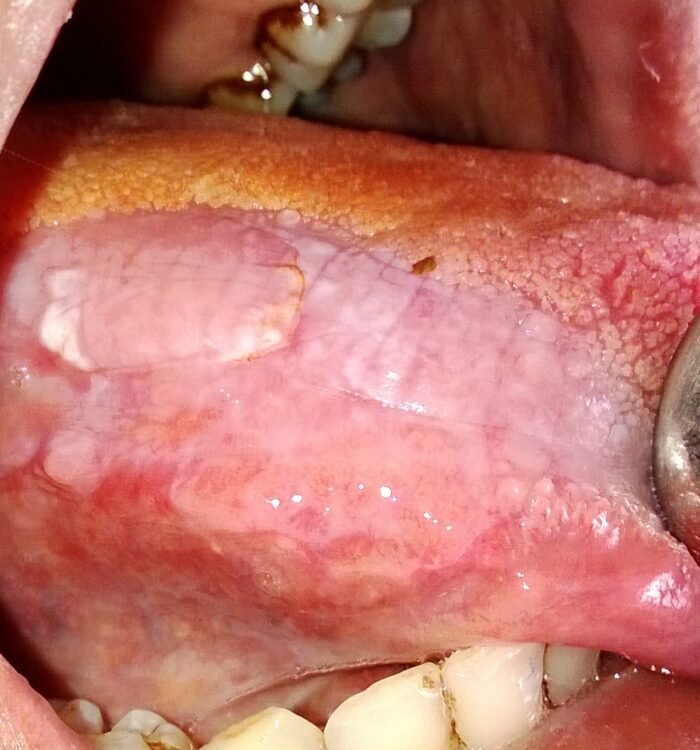“Tobacco is the plant that converts thoughts into dreams”. It can be ingested in many different forms, smoking being the most way to feed the nicotine addiction. Another delivery method is the smokeless form where the tobacco is kept in the mouth and chewed for a longer duration satisfying the urge. China leads in tobacco production with about 2800 million/kg and India only the second with an estimated production of 800 million/kg (UN Trade database). Out of the total arable land-area in India, tobacco occupies 0.24 % of the land.

Among the smoke producing tobacco, cigarette smoking, bidis, cigar/cheroot/chutta, reverse chutta, dhumti, reverse dhumti, hookah and chillum are most commonly used. On the other hand, the smokeless form of tobacco includes pan with tobacco, pan masala, mainpuri, khaini, mawa, snuff, mishri, bajjar and godhaku.
Cigarette, which seems to be an enjoyable one is a roll made out of finely cut tobacco. Manufactured cigarettes come with a filter, and are the predominant form of tobacco used worldwide. It was only after the Civil War that cigarettes gained popularity and by the end of 20th century, it was a leading product use among all classes of people with no gender bias. Kreteks or clove cigarettes originally belong to Indonesia but banned in United States. They are 60% tobacco and 40% cloves. Roll your own (RYO) cigarettes, prevalent in Europe and New Zealand are handfilled by the smokers
The sun dried tobacco leaves are finely crushed and wrapped in a temburni or tendu (Diospyros sp.) leaf to prepare Bidis. They are without filters and hence release more tar and carbon dioxide as compared to cigarettes. Bidis have their origin from India giving employment to around 5 million bidi rollers.
Cigars are made out of air-cured and fermented tobacco wrapped in tobacco leaf. These are expensive and not marketed as extensively as the other forms. Pipes are made up of slate, clay, briar, or other substances. The tobacco smoke from the bowl is inhaled through the stem. Cigar and pipe smoking represented the symbol of power in the late 1800s and early 1900s. Churut and stumpen are commonly used in Western and Central Europe. It is considered that churut is liked by men but always been loved by ladies. Dhumti is the conical churut used extensively in India. A traditional Chillum made out of clay is a conical pipe, used popularly by Hindu monks or Sadhus since at least 18th century.
Hookah smoking, also called by water pipes, shisha, narghile or hubble bubble is popular in the Middle East and South Asia. It is considered as Ornamental Smoking. Flavoured tobacco is burned in a bowl covered with foil and coal. Hookah is operated by water filtration and indirect heat production.
The various synonyms of chewing tobacco are plug, loose leaf and twist, chimo, toombak, ghutkha . Tobacco is chewed with betel leaf, betel nut, catechu and slaked lime along with sweetening and flavouring agents. Kaddipudi, hogesoppu, gundi, kadapam, zarda, pattiwala, kiwam, mishri and pills are the various forms of pan or chewing tobacco. Smokeless tobacco is dipped or chewed after placing in the mouth, cheek, or inner lip. Tobacco containing pastes or powders are used on the gums and teeth as a pain relieving agent. The “spit tobacco” is spitted by the users and was popular among the American baseball players in around twentieth century. Studies in the past had shown the principal use of chewing tobacco in Southeast Asia. In India, 56% of the women chew tobacco only in Mumbai.
Pan masala has become a diet for certain people in the modern world. Snuff is kept in the mouth and is also used as an addictive product. Moist snuff, also called by dip, is finely grounded, damp tobacco product which is kept in the mouth in between the cheeks and gums. Khaini, snus, shammaah, nass, or naswa are few other popular moist snuff products. Nass or naswar is made up of locally grown tobacco, oil, an alkaline modifier such as ash or slaked lime,and other ingredients according to the regional preferences. Dry snuff is inhaled through the nose. It was used prevalently in Europe but had lost the popularity with time.
The boiled and flavoured tobacco leaves are used to form a paste known as Kiwam. Gul is burned and decomposed powdered tobacco used extensively as dentrifice in India. Gudakhu, a paste like product, is made from fine tobacco leaf dust and molasses (Sheera), red soil and lime. Dohra is a wet mixture of tobacco, areca nut, catechu and flavours. Zarda is flavoured tobacco flakes frequently added to dohra. Dried tobacco leaves are crushedand mixed with slaked lime to form Khaini, chewed as a quid. Mainpuri tobacco, the most sold tobacco of mainpuri district of Northern India, is a mixture of finely choppedareca nut, slaked lime, cloves and camphor. Mawa is 95% arecanut along with slaked lime and crushed sun cured tobacco.
The economic globalization has lead to the worldwide spread of historically localized forms of few of the tobacco products. It is estimated that 10% of the total world smokers live in India and about 85% of the tobacco users consume non-smoking form. It is estimated that tobacco consumption grows at a rate of 2-3% per year in India, and by 2020 it is believed that nearly 13% of all deaths will be caused by tobacco smoke.
One should always remember “The journey towards an untimely, painful death begins with tobacco, leaving an unseen scar”.







